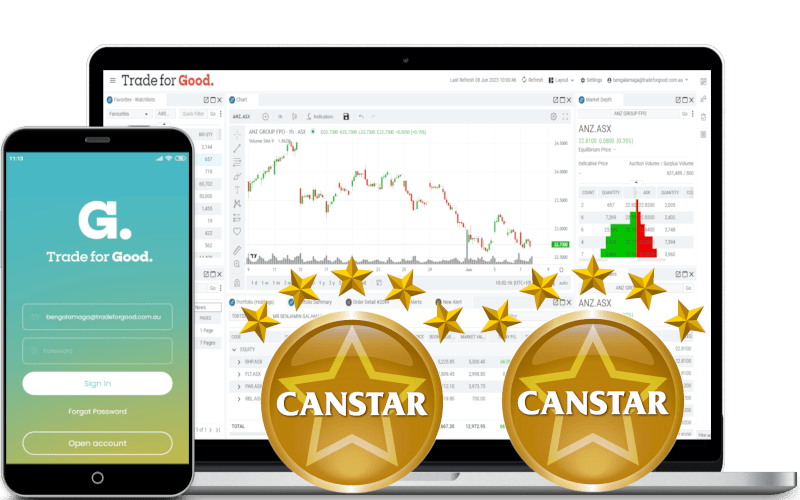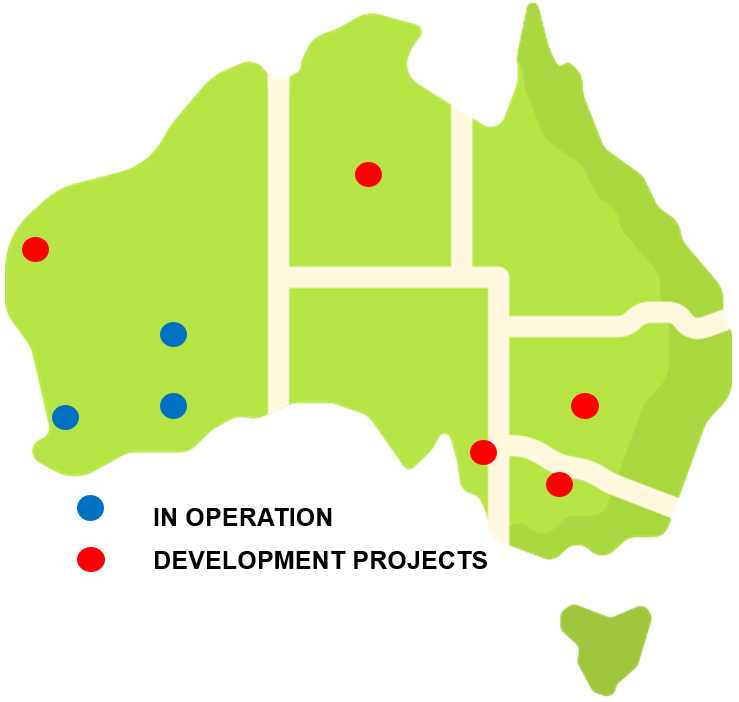Australia-US Rare Earths Deal:
Investment Opportunities in Critical Minerals

The October 2025 Australia-US Framework
Australia and the United States recently signed a landmark agreement aimed at reshaping the critical minerals supply chain. Here’s what you need to know:
Scale of commitment: Both nations are pledging at least $1 billion each toward Australian rare earth and critical mineral projects over the next six months.
Strategic objectives: The deal aims to reduce dependence on Chinese processing, strengthen supply chain resilience, and secure access to materials vital for defense and clean energy technologies.
Specific support: The agreement includes backing for projects like Arafura Rare Earths’ Nolans development in the Northern Territory and Alcoa’s gallium processing facility in Western Australia.
Enabling environment: Governments are signaling faster permitting processes, potential price floor guarantees for certain minerals, and direct funding support to accelerate project development.
Understanding Rare Earth Elements
Rare earth elements (REEs) are a group of 17 specialized metals with unique magnetic, luminescent, and electrochemical properties. Despite the name, these metals aren’t actually rare in the ground—what’s rare is the ability to mine and process them economically at scale.
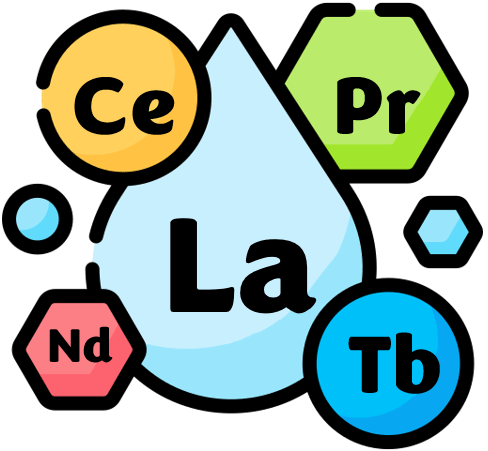
Why they matter
REEs are essential to modern technology and the clean energy transition. They’re used in electric vehicle motors, wind turbines, smartphones, defense systems, and advanced electronics. As the world shifts toward renewable energy and electrification, demand for these materials continues to grow.
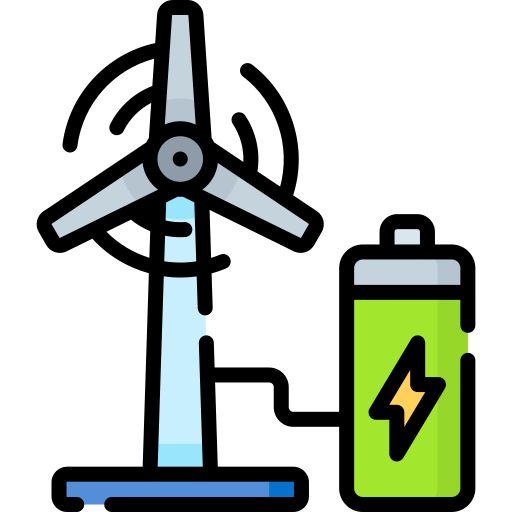
The geopolitical challenge
China currently dominates global REE processing, creating significant supply chain vulnerabilities for Western nations. This concentration of supply has become a strategic concern, particularly as clean energy and defense technologies become increasingly dependent on these materials.
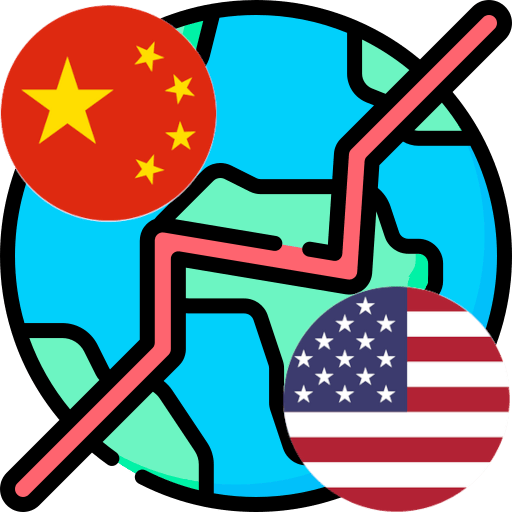
What This Means for Investors
This agreement elevates rare earths from a niche mining sector to a strategic national security priority. Such shifts typically attract institutional capital and can lead to sector revaluation.

For Australian companies
The deal potentially accelerates project timelines, reduces financing risks, improves permitting certainty, and provides greater offtake security. Several ASX-listed stocks moved higher on the announcement.
For diversified portfolios
Critical minerals exposure offers diversification beyond traditional commodities like iron ore and coal, with a strong thematic tailwind from clean energy and technology megatrends.

Important caveats
Mining and processing remain capital-intensive with long lead times. Government support doesn’t guarantee immediate revenue, and commodity price volatility remains a factor. Environmental and social approval processes can still cause delays.
Investment Options
So who are the ASX stocks and ETF’s that could benefit from the new Australia-US rare earth deal?
Individual Stocks
 Lynas Rare Earths (LYC.ASX)
Lynas Rare Earths (LYC.ASX)
One of the few large-scale rare earth producers outside China. The company has established strategic partnerships, including magnet supply agreements with U.S. entities, positioning it as a direct beneficiary of Western supply chain development.
 Arafura Rare Earths (ARU:ASX)
Arafura Rare Earths (ARU:ASX)
Developing the Nolans project in the Northern Territory, focused on neodymium and praseodymium—key metals for electric vehicle motors and wind turbines. The company was explicitly mentioned in the Australia-US agreement.

Iluka Resources (ILU.ASX)
Iluka mine mineral sands producer of zircon and titanium dioxide, now expanding into rare earths through its Eneabba project in Western Australia. The company is developing integrated refining capabilities to produce rare earth oxides for magnets and clean energy applications. This positions Iluka as a key player in building Australia’s rare earth processing capacity independent of China.
Other emerging players
Numerous smaller, early-stage companies offer higher potential returns but with correspondingly higher risk and volatility.
Exchange-Traded Funds
 VanEck Rare Earth/Strategic Metals ETF (REMX.NAS)
VanEck Rare Earth/Strategic Metals ETF (REMX.NAS)
Provides diversified exposure to companies involved in mining, refining, and manufacturing rare earths and strategic metals globally.
![]() Global X Lithium & Battery Tech ETF (LIT.AIX)
Global X Lithium & Battery Tech ETF (LIT.AIX)
Though primarily lithium-focused, this ETF has expanded to include strategic metals and rare earth companies, capturing the broader sustainable energy and infrastructure themes impacting Australian markets.
 Sprott Critical Materials ETF (SETM.ARC)
Sprott Critical Materials ETF (SETM.ARC)
Focuses on strategic minerals, including rare earths, offering another diversified approach to the sector.
Australian investors also have access to ASX-listed funds focused on rare earths and strategic metals.
Strategic Considerations

Portfolio positioning
Given the sector’s volatility, most investors should consider rare earth exposure as a satellite position (5-10% allocation) rather than a core holding.
Diversification approach
Individual stocks offer higher upside potential if projects succeed, but ETFs provide risk management through diversification across multiple companies and projects.
Catalyst monitoring
These investments are particularly sensitive to policy announcements, export restrictions, government subsidies, and supply chain developments. Stay informed about regulatory changes and funding decisions.
Project execution risk
Many rare earth companies are still in development phases. Mining delays, cost overruns, and permitting challenges are common. Evaluate each company’s timeline to production and cash flow.
The China factor
China’s dominant position means any policy shifts—whether export restrictions or supply changes—can create significant price movements in rare earth stocks.
The Bottom Line
The Australia-US critical minerals agreement signals that rare earths have transitioned from a pure mining play to a strategic industrial and national security theme.
Current news flow is favorable, with government backing and deal announcements potentially supporting near-term price action. However, many projects remain years away from full-scale production and cash generation.
For consideration:
- ETFs offer a lower-risk entry to the theme with built-in diversification
- Individual stocks provide higher potential returns but require careful due diligence and risk management
- The sector will likely remain volatile, requiring appropriate position sizing and stop-loss discipline
- Long-term fundamentals appear supportive, given clean energy transitions and supply chain restructuring

What you learn here has been used in our Trade for Good software.
Click on the button to find our software education videos.
You can read more of our educational articles in the Trade for Good Learn section
Trade for Good Learn
